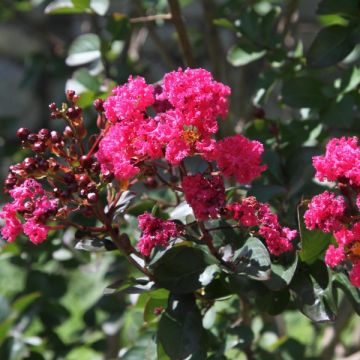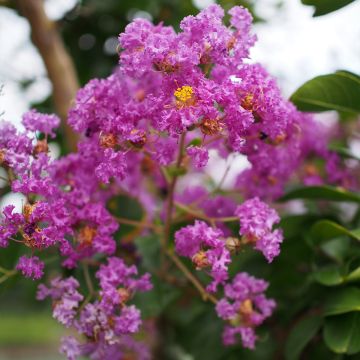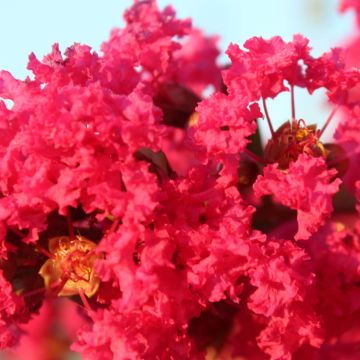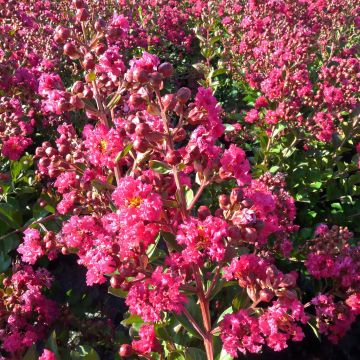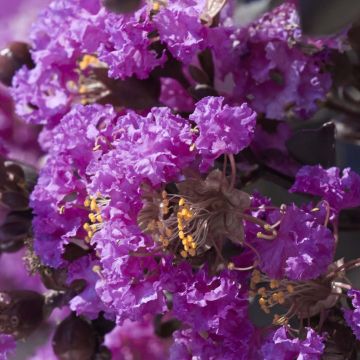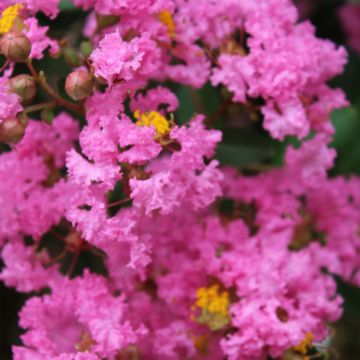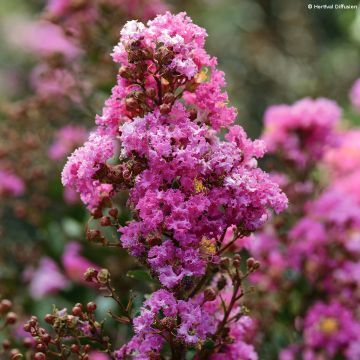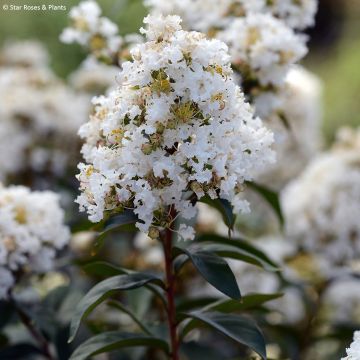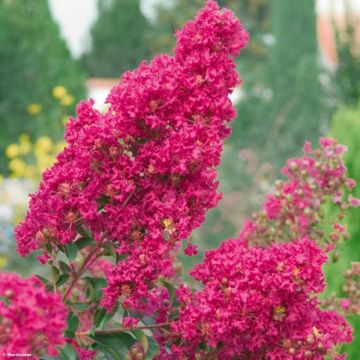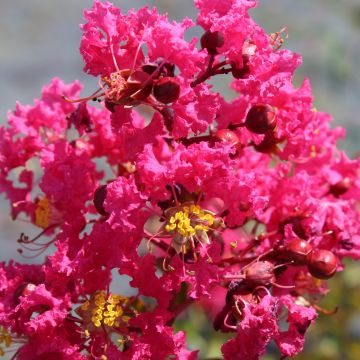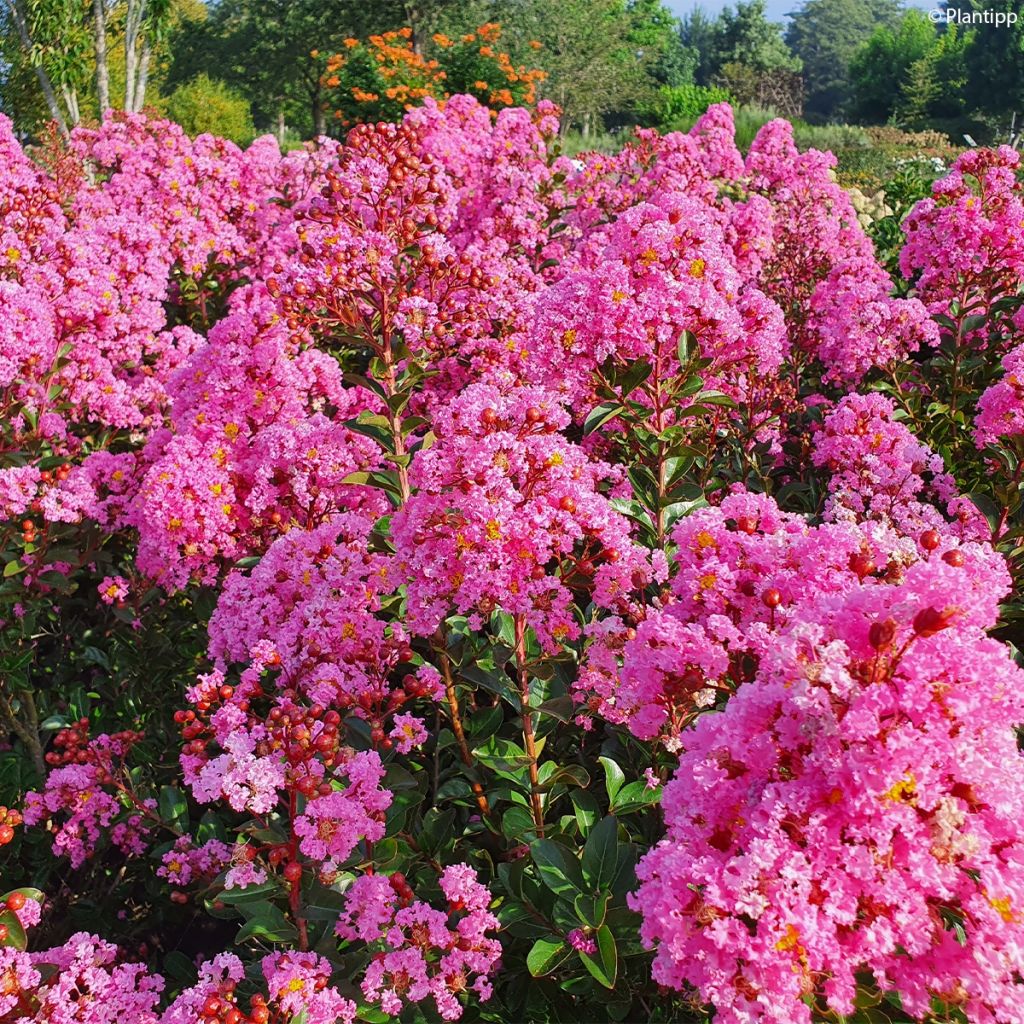

Lagerstroemia indica Eveline - Crape Myrtle
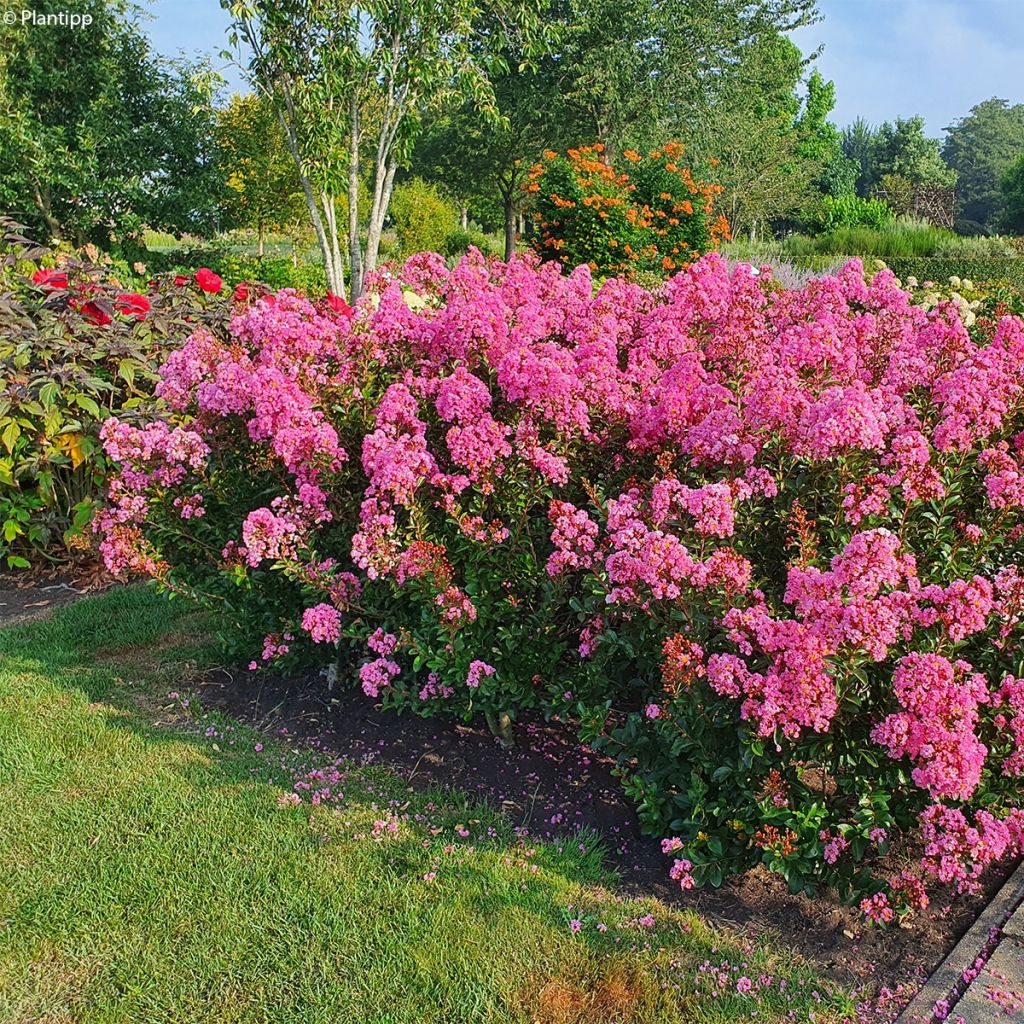

Lagerstroemia indica Eveline - Crape Myrtle
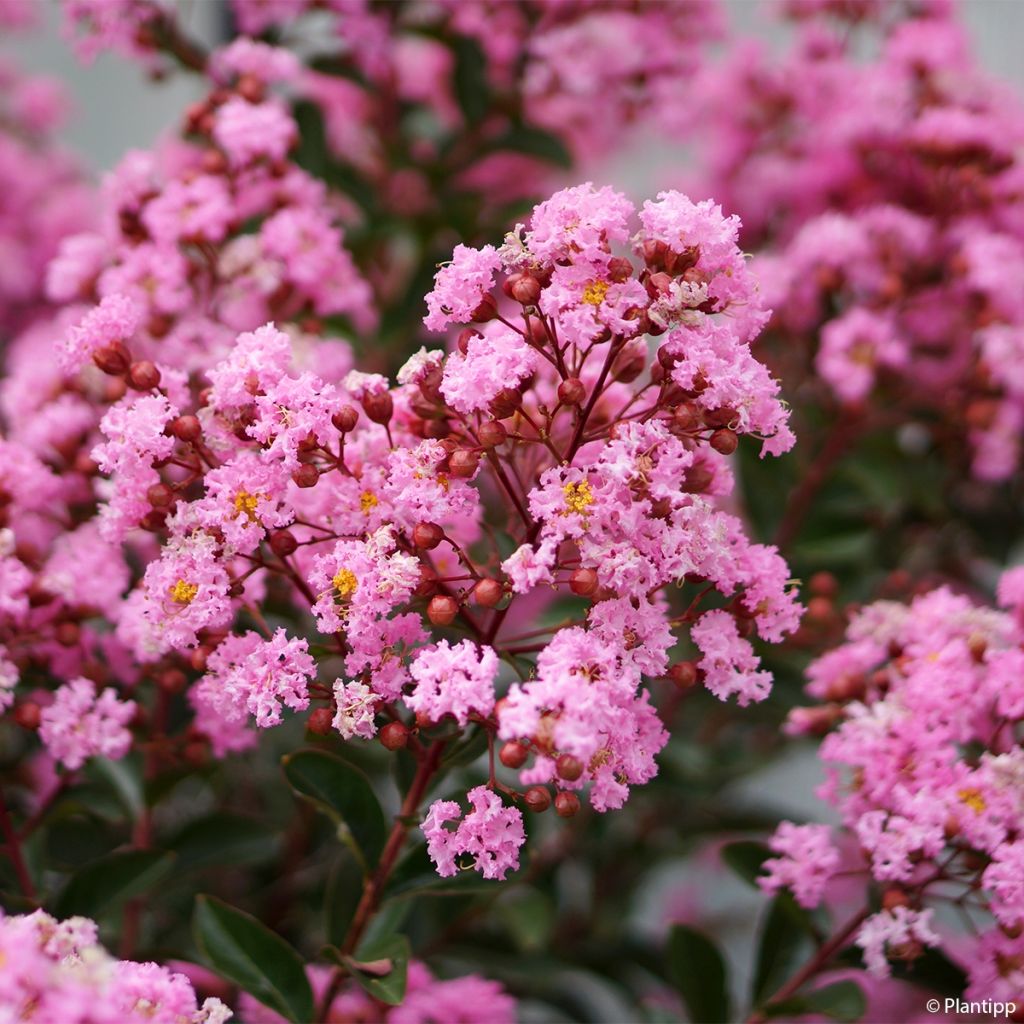

Lagerstroemia indica Eveline - Crape Myrtle
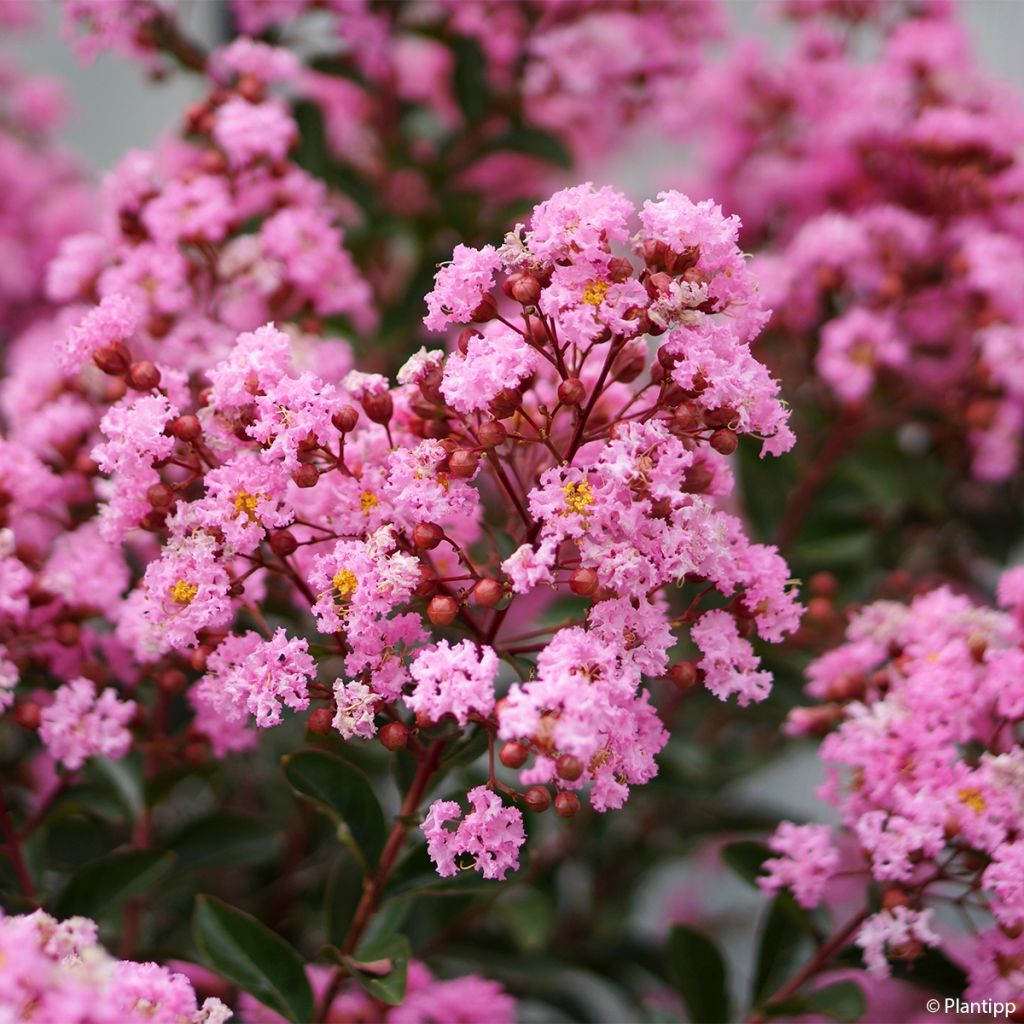

Lagerstroemia indica Eveline - Crape Myrtle
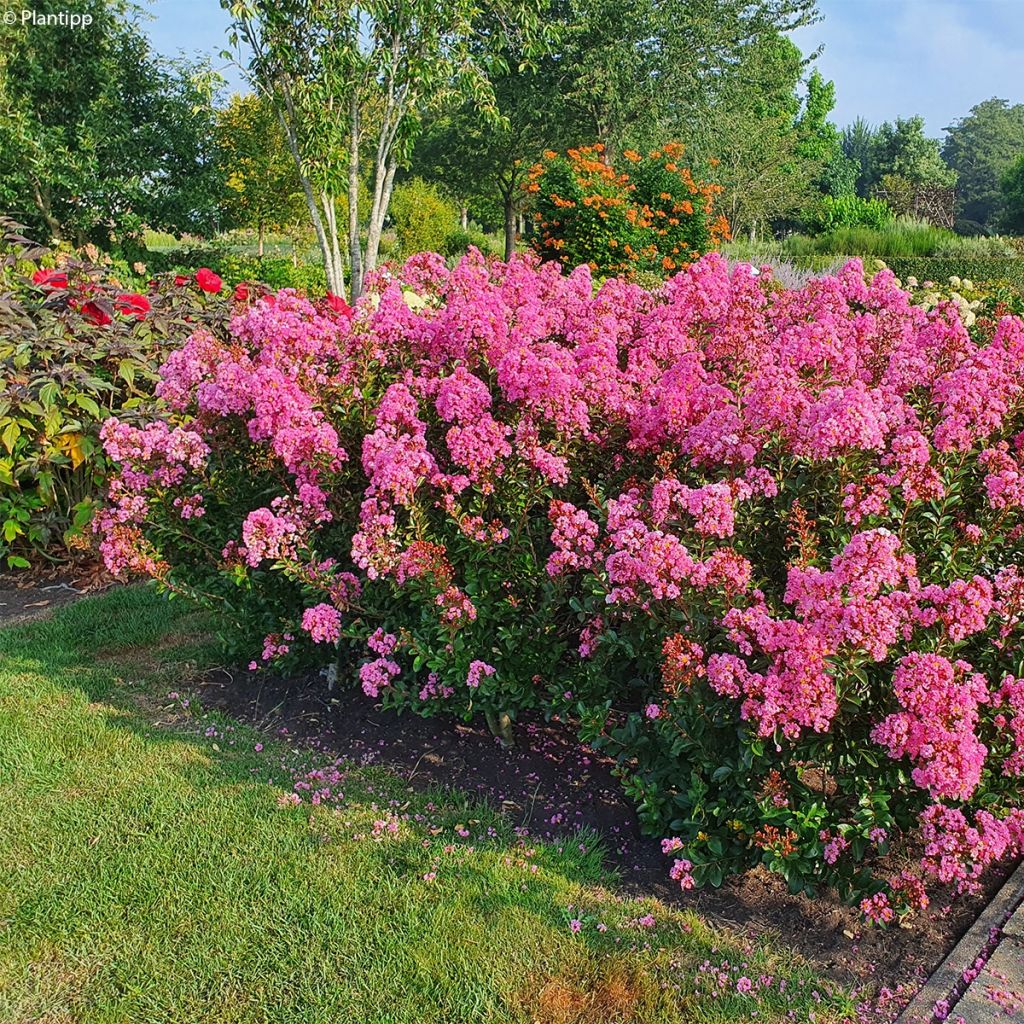

Lagerstroemia indica Eveline - Crape Myrtle
Lagerstroemia indica Eveline - Crape Myrtle
Lagerstroemia indica Eveline (‘LAGE001’PBR)
Crape Myrtle, Crepe Myrtle, Indian Lilac
This item cannot be shipped to the selected country
Oversize package delivery charge from €6.90
Delivery to Corse prohibited
More information
Oversize package delivery charge from €6.90
Delivery to Corse prohibited
More information
Schedule delivery date,
and select date in basket
This plant carries a 24 months recovery warranty
More information
We guarantee the quality of our plants for a full growing cycle, and will replace at our expense any plant that fails to recover under normal climatic and planting conditions.
Oversize package: home delivery by special carrier from €6.90 per order..
Express home delivery from €8.90.
Delivery to Corse prohibited: UE law prohibits the import of this plant from mainland France to Corse as part of the fight against Xylella fastidiosa. Please accept our sincere apologies.
More information
Does this plant fit my garden?
Set up your Plantfit profile →
Description
The Lagestroemia indica 'Eveline' is a variety of Indian Lilac that is interesting for its resistance to cold, its small size, but also for its long and generous pastel pink summer flowering. It flowers from the beginning of July, in the form of large foamy clusters of flowers that recall those of lilac. Summer Lilacs are also appreciated for their smooth bark, richly coloured, ornamental all year round and their beautiful autumn colours. These bushes like heat but appreciate a bit of coolness in the summer to support their flowering. This one will make a sensation isolated in a small garden or in a pretty pot on the terrace.
The Indian Lilac 'Eveline', selected in Belgium, was recently rewarded in the Netherlands. This deciduous bush belongs to the Lythraceae family, like its ancestor the Lagerstroemia indica, native to China. This variety presents a bushy and ramified habit from the base, with a rounded crown, a bit spread out. It will reach on average 2 m (6 ft 7 in) in height at 10 years, for a diameter of 1.20 m. Its growth is quite rapid. It chooses the beginning of July to start its flowering, which will continue until September. The large inflorescences are compound by thin pedicels each carrying five petals with a very undulate edge, whose texture recalls that of a crepe. They are gathered in large, dense panicles, at the end of this year's branches.
In 'Eveline', the pedicels and floral buds are purple, then they bloom widely in tender pink. The foliage, leathery and deciduous, is born bronze-red, then becomes dark green and shiny. It is composed of small ovate leaves, which often take on pretty orange or coppery shades in the autumn before falling, depending on the climate. Finally, its bark is decorative, smooth, beige, striated with grey, red-brown, peeling off in coloured plates (cinnamon, faded red, old pink, cream).
Preferring the humid and warm South Atlantic to the dry and windy Mediterranean, it is a small tree that deserves to be acclimated in the colder areas of our region, carefully choosing the variety and its location. Its hardiness and vigour allow it. It is in isolation, near the house, that you will be able to fully enjoy its generosity. It will look good in a bush bed, a flowering hedge, or emerging from a mound of perennials. Compose a bed like a bouquet, with Nepeta, Salvia sclarea or jamensis, Aster laevis. In autumn, it accompanies the Cotinus and the deciduous spindle trees, as colourful as it is. In a large pot on the terrace, it puts on a show as the summer flowers start to fade.
NB: Karl Von Linne named this tree in honour of his friend Magnus Von Lagestroem (1696 – 1759), who had sent it to him from India for identification. Originally, this tree was used to decorate Chinese temples. We would like to point out that this tree produces fruits that have a narcotic action in case of ingestion.
Lagerstroemia indica Eveline - Crape Myrtle in pictures
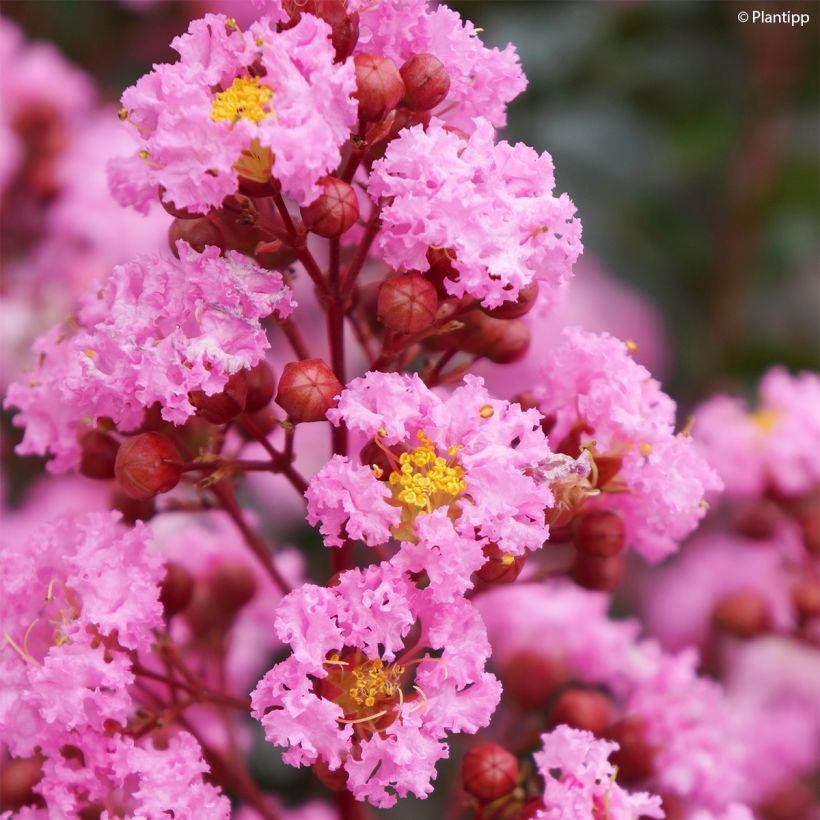

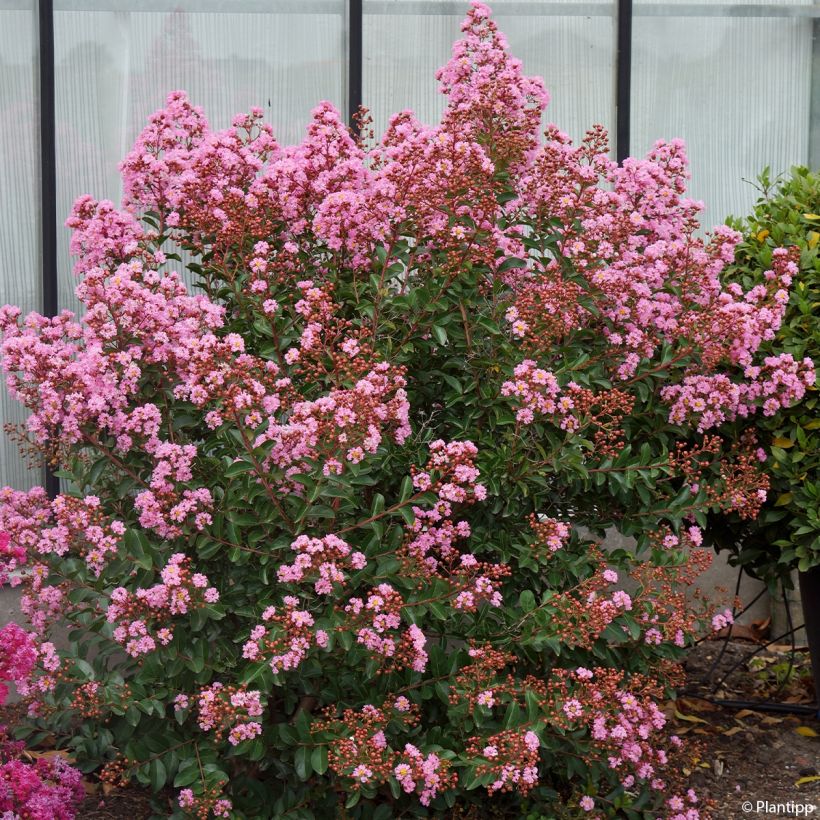

Plant habit
Flowering
Foliage
Botanical data
Lagerstroemia
indica
Eveline (‘LAGE001’PBR)
Lythraceae
Crape Myrtle, Crepe Myrtle, Indian Lilac
Cultivar or hybrid
Other Lagerstroemia - Crape Myrtle
Planting and care
We advise you to plant the Lagerstroemia indica 'Eveline' in spring, when frosts are no longer to be feared, in a very sunny and sheltered position, in rich soil, rather moist, well-drained and if possible slightly acidic, neutral or low lime. It will appreciate a compost contribution and a thick layer of dead leaves, especially during the first two winters in cold regions. It is necessary to prune the flowering branches very short in February-March, leaving only 4 to 6 buds to balance its branches and stimulate the growth of future flower-bearing branches. If necessary, remove the weak twigs and poorly positioned branches.
Planting period
Intended location
Care
This item has not been reviewed yet - be the first to leave a review about it.
Haven't found what you were looking for?
Hardiness is the lowest winter temperature a plant can endure without suffering serious damage or even dying. However, hardiness is affected by location (a sheltered area, such as a patio), protection (winter cover) and soil type (hardiness is improved by well-drained soil).

Photo Sharing Terms & Conditions
In order to encourage gardeners to interact and share their experiences, Promesse de fleurs offers various media enabling content to be uploaded onto its Site - in particular via the ‘Photo sharing’ module.
The User agrees to refrain from:
- Posting any content that is illegal, prejudicial, insulting, racist, inciteful to hatred, revisionist, contrary to public decency, that infringes on privacy or on the privacy rights of third parties, in particular the publicity rights of persons and goods, intellectual property rights, or the right to privacy.
- Submitting content on behalf of a third party;
- Impersonate the identity of a third party and/or publish any personal information about a third party;
In general, the User undertakes to refrain from any unethical behaviour.
All Content (in particular text, comments, files, images, photos, videos, creative works, etc.), which may be subject to property or intellectual property rights, image or other private rights, shall remain the property of the User, subject to the limited rights granted by the terms of the licence granted by Promesse de fleurs as stated below. Users are at liberty to publish or not to publish such Content on the Site, notably via the ‘Photo Sharing’ facility, and accept that this Content shall be made public and freely accessible, notably on the Internet.
Users further acknowledge, undertake to have ,and guarantee that they hold all necessary rights and permissions to publish such material on the Site, in particular with regard to the legislation in force pertaining to any privacy, property, intellectual property, image, or contractual rights, or rights of any other nature. By publishing such Content on the Site, Users acknowledge accepting full liability as publishers of the Content within the meaning of the law, and grant Promesse de fleurs, free of charge, an inclusive, worldwide licence for the said Content for the entire duration of its publication, including all reproduction, representation, up/downloading, displaying, performing, transmission, and storage rights.
Users also grant permission for their name to be linked to the Content and accept that this link may not always be made available.
By engaging in posting material, Users consent to their Content becoming automatically accessible on the Internet, in particular on other sites and/or blogs and/or web pages of the Promesse de fleurs site, including in particular social pages and the Promesse de fleurs catalogue.
Users may secure the removal of entrusted content free of charge by issuing a simple request via our contact form.

































